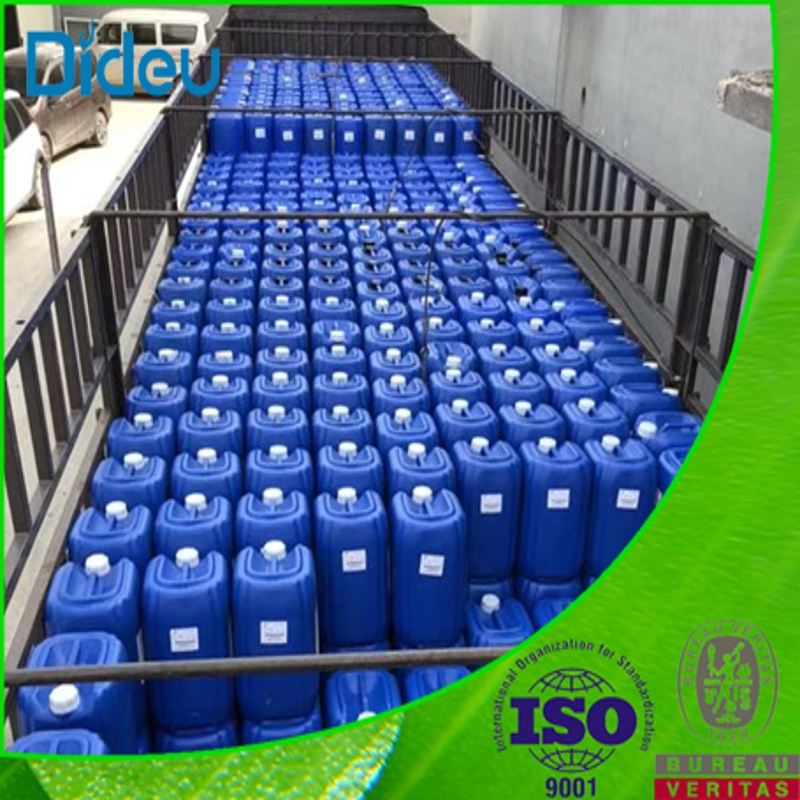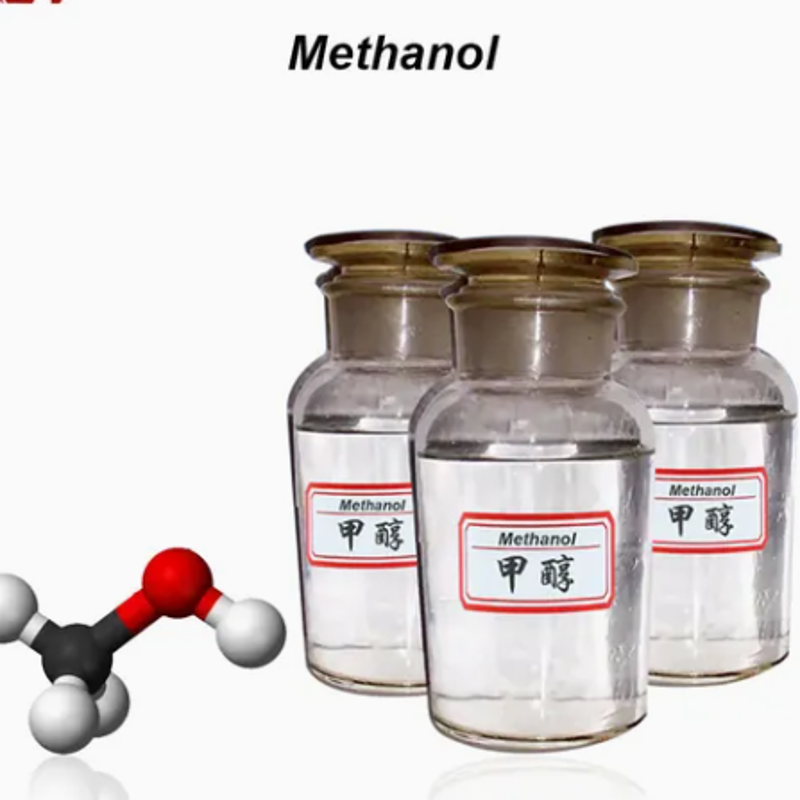-
Categories
-
Pharmaceutical Intermediates
-
Active Pharmaceutical Ingredients
-
Food Additives
- Industrial Coatings
- Agrochemicals
- Dyes and Pigments
- Surfactant
- Flavors and Fragrances
- Chemical Reagents
- Catalyst and Auxiliary
- Natural Products
- Inorganic Chemistry
-
Organic Chemistry
-
Biochemical Engineering
- Analytical Chemistry
-
Cosmetic Ingredient
- Water Treatment Chemical
-
Pharmaceutical Intermediates
Promotion
ECHEMI Mall
Wholesale
Weekly Price
Exhibition
News
-
Trade Service
The safety of wood creosote has been a topic of concern in the chemical industry for many years.
Creosote is a byproduct of the coal-tar industry and is a dark-colored, oily liquid that is used as a preservative for wood.
It is made up primarily of a mixture of polycyclic aromatic hydrocarbons (PAHs), which are known to be potentially harmful to human health and the environment.
The use of creosote as a wood preservative dates back to the early 1900s, when it was first discovered that the substance had effective insecticidal and fungicidal properties.
Creosote was heavily used in the United States and other countries during World War II, when there was a high demand for wood preservatives to build temporary structures and housing for the military.
However, as more information has become available about the potential health and environmental risks associated with creosote, its use has declined in many countries.
In the United States, for example, the use of creosote as a wood preservative has been heavily regulated by the Environmental Protection Agency (EPA) since the 1980s.
One of the main concerns with creosote is its potential toxicity to humans.
PAHs, which are a major component of creosote, have been shown to cause cancer in animals and are suspected of causing cancer in humans as well.
Long-term exposure to creosote fumes can also cause respiratory problems, such as coughing, wheezing, and difficulty breathing.
In addition to its potential health risks, creosote is also harmful to the environment.
When creosote is applied to wood, it can leach into the soil and groundwater, where it can cause pollution and harm aquatic life.
Creosote can also be harmful to plants, as it can inhibit their growth and cause damage to their leaves and bark.
Despite these risks, some countries still allow the use of creosote as a wood preservative.
In these countries, it is important for workers who handle creosote to take appropriate safety precautions to protect themselves from exposure.
This may include wearing protective clothing, using respirators, and following strict application guidelines to minimize the amount of creosote that is used and the amount that is left over.
In conclusion, while the use of wood creosote has declined in many countries due to its potential health and environmental risks, it is still used in some countries.
It is important for workers who handle creosote to take appropriate safety precautions to protect themselves from exposure, and for regulatory agencies to continue to monitor the use of this substance to ensure that it is used in a safe and responsible manner.







